Indoor plants are all the rage right now. Find out about the benefits of indoor plants and be inspired by our 6 indoor plant ideas.
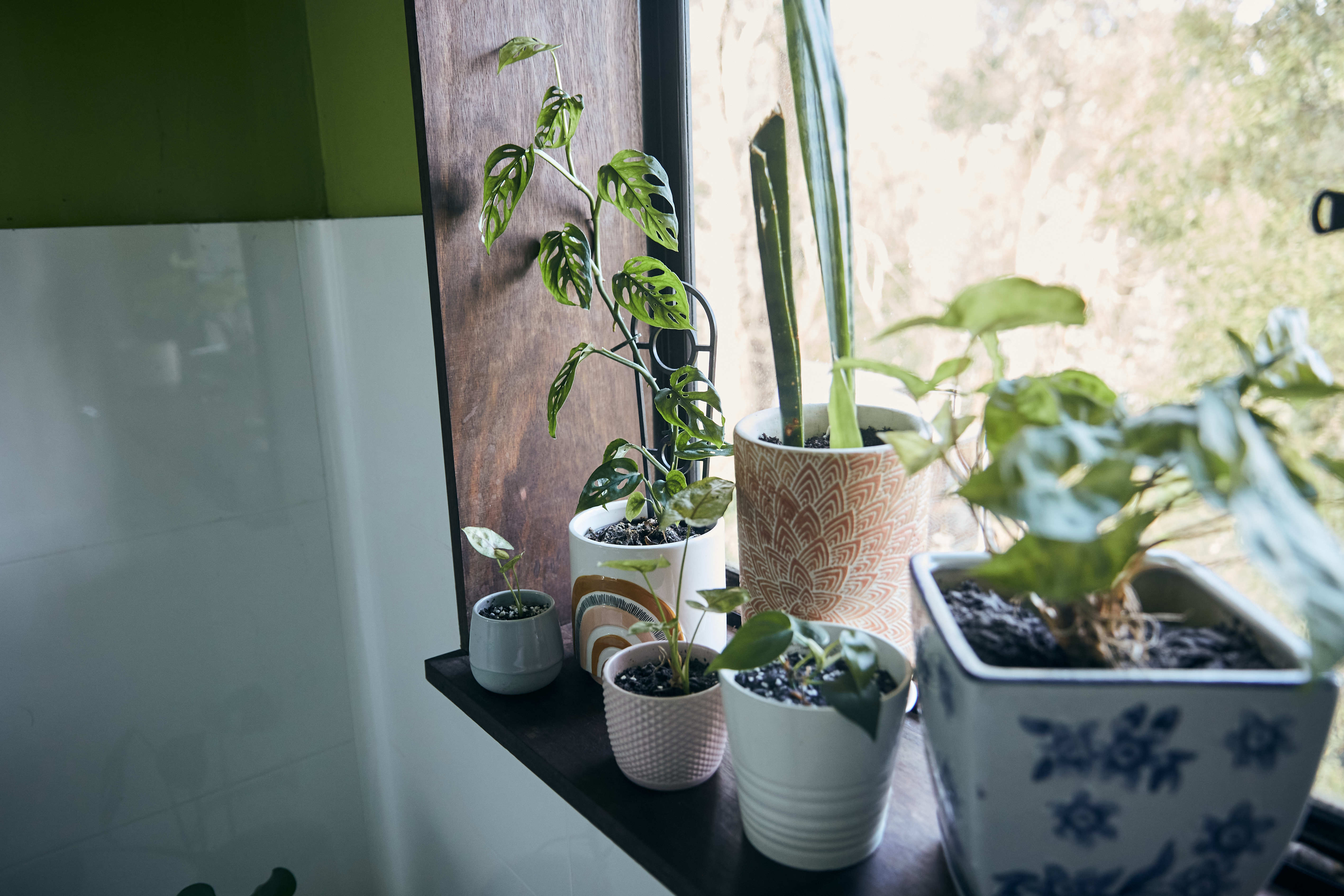
Indoor plants provide so much more than a splash of green.
Research has shown that they can reduce stress, improve productivity, speed up recovery from sickness and even help with improving your attention span.
It’s also a common view that plants can clean the air – with support for this dating back to a NASA study in the 1980s. So, what are you waiting for? Make some room from some green in your home.
Here’s 6 common to unique ideas for indoor plants:
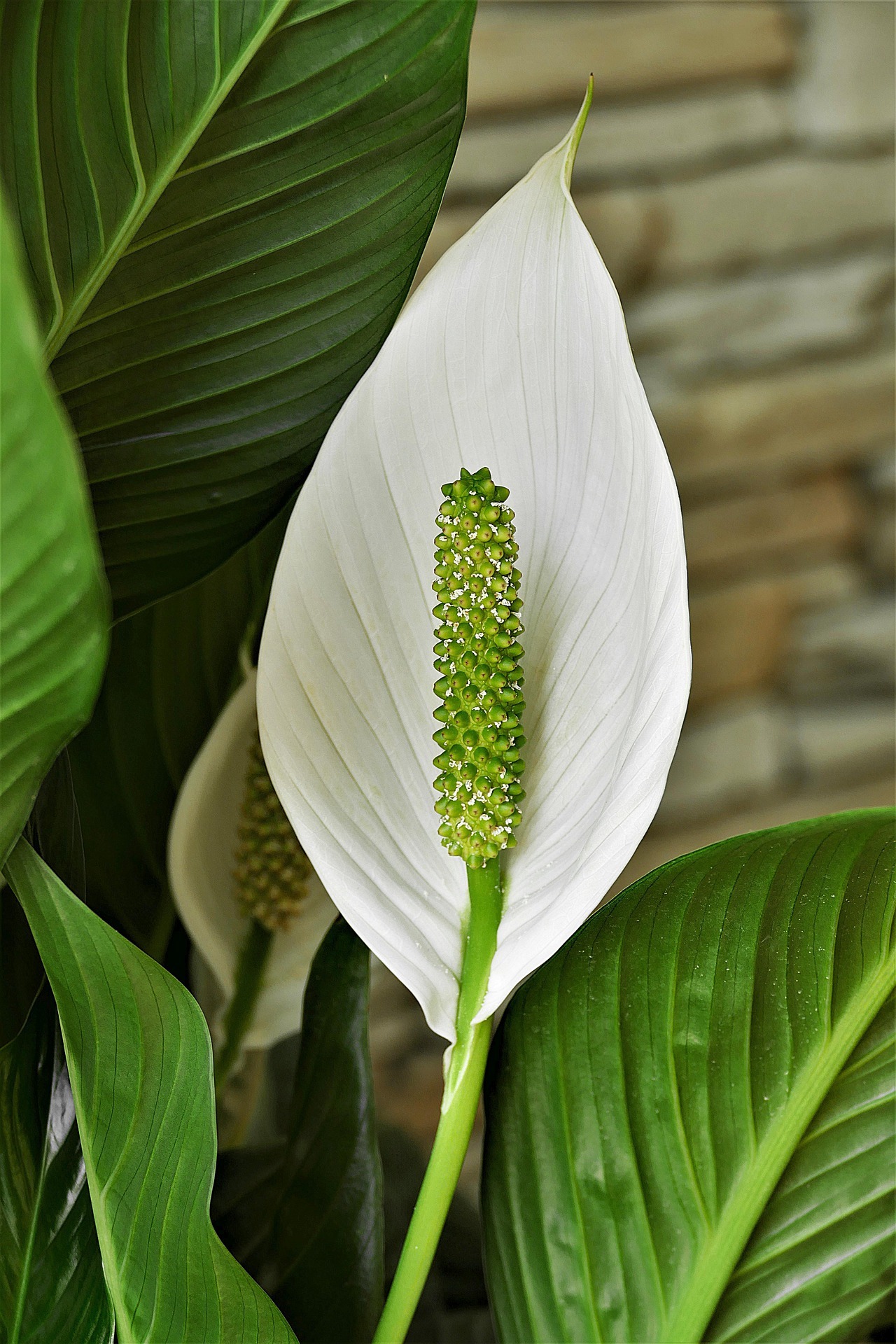
1. Old faithful: Peace lilies
If you’re in-the-know with indoor plants there’s a good chance you’ve come across the peace lily (Spathiphyllum wallisii cvs).
A popular, pretty and hardy plant, peace lilies are very common on the indoor plant circuit. And perhaps rightly so – they have beautiful green leaves all year long and long-lasting white flowers.
Peace lilies need soil that drains well and can be kept damp but not soggy, and they’ll love a once-a-year slow-release fertiliser.
When this plant is a baby, you’ll want to position it either somewhere that it gets sun through some curtains (or another filter), or in a spot that’s totally shady. When new, it’s a little sensitive to sun.
Fun fact: The ‘cvs’ next to the scientific name ‘Spathiphyllum wallisii cvs’ means that this plant is a cultivar. Cultivars are essentially copyrighted (or patented) and are generally owned by a specific company that has the rights to produce them.
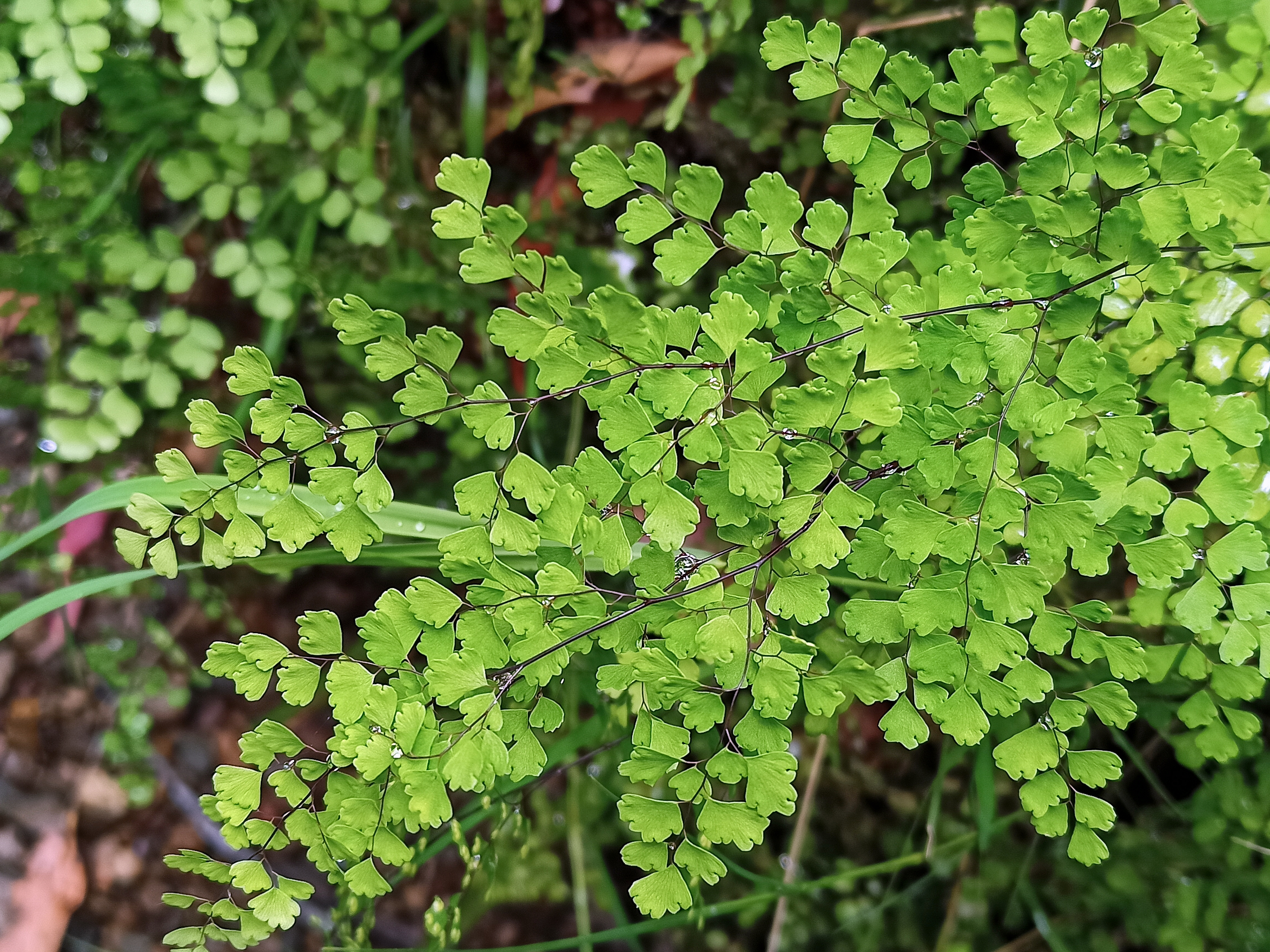
2. A twist on the well-known variety: Maiden hairfern
Another very common indoor plant is the maidenhair fern (Adiantum species). Of this family of fern – which boasts 200 species – the common maidenhair (Adiantum aethiopicum) is a local Adelaide native. It’s also native to other parts of Australia too.
This delicate fern likes partial shade but is also happy to be dotted with sunlight – think a lace curtain vibe. It won’t stay green all year long (you’ll need to trim the dead bits off at times) but when it is, it will be a striking combination of small green leaves against fine black stems.
The common maidenhair fern will need a light misting of water every few days and it loves the humidity of the bathroom. As it’s a local, it can also live outside if you change up your inside décor.
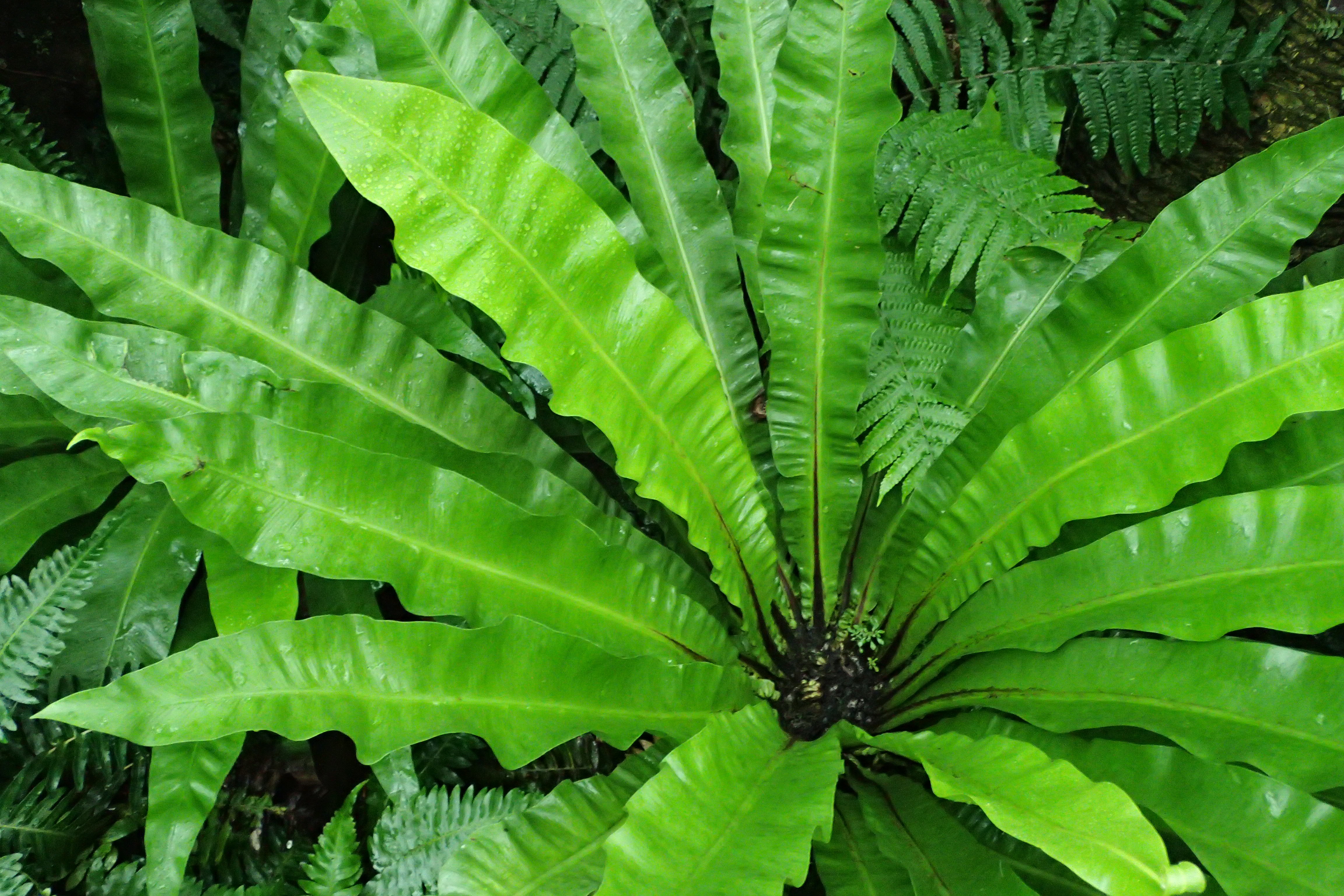
3. Well-known Australian native: Bird’s nest fern
Appropriately named because it has a cute little spot in the middle of the plant, where all the leaves come together (aka crown), that makes it look like a bird’s nest.
Bird’s nest fern (Asplenium australasicum) is an Australian native species that is likely known for its indoor plant fame rather than being found on the east coast of Australia – all the way from Queensland to the bottom of New South Wales.
While it’s not naturally found in South Australia, having it in a pot in your home isn’t problematic. If you’re done with the plant (e.g. it no longer matches your décor or has gotten too big for the space), please don’t dump it. As it’s not an Adelaide local, either gift it to a friend or pop it in the green bin, so it doesn’t compete with local native plants.
To get started with a bird’s nest fern, you’ll need a pot double the size of your plant to re-pot it. Add some mulch to go around it, but not too close to the stem. It’ll need a good watering 1 to 2 times a week until the plant is growing well and looks like it is thriving.
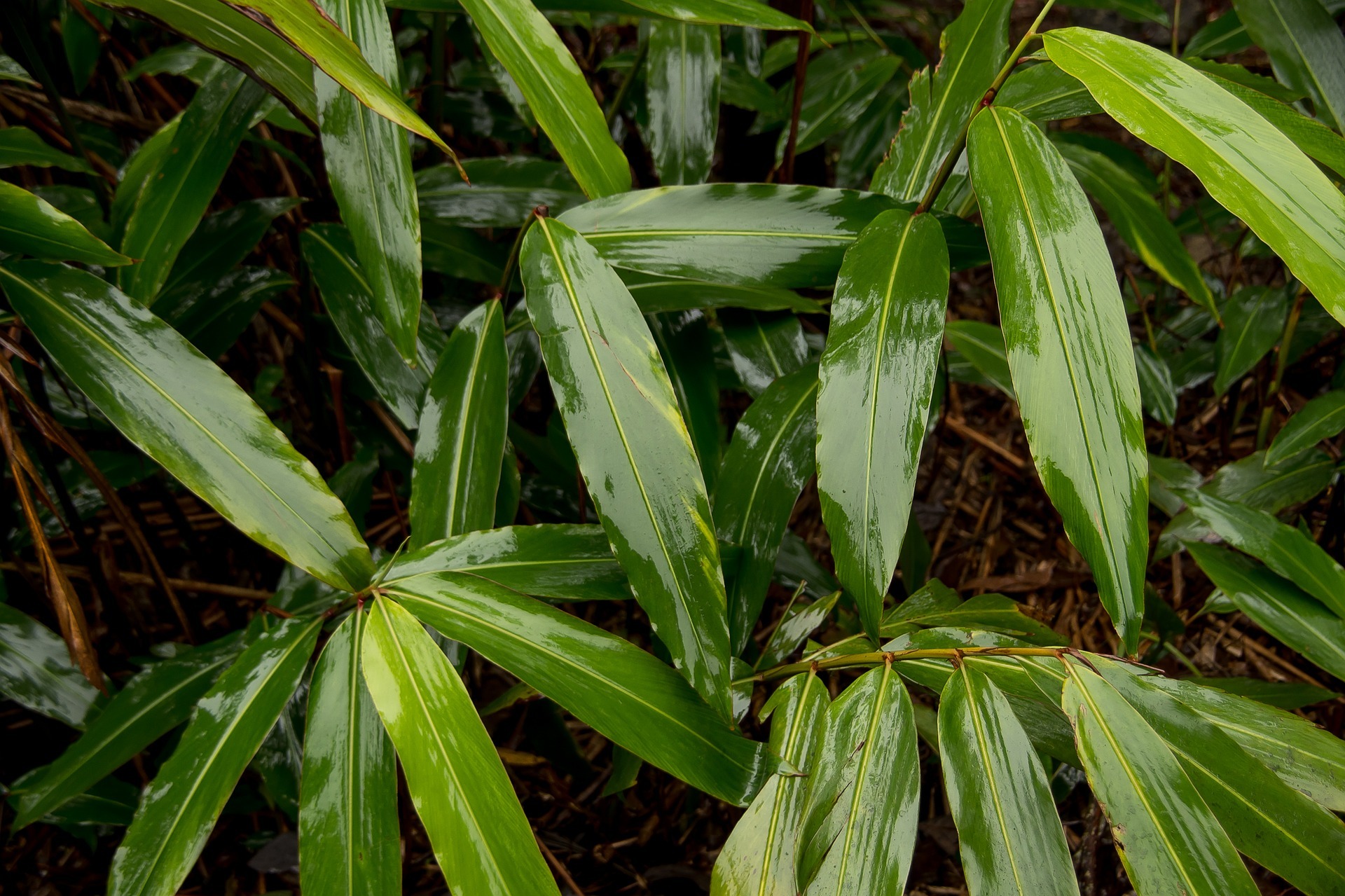
4. Luscious and edible: Native ginger
Another native plant to broader Australia (not South Australia) is native ginger (Alpinia caerulea), which does have underground stems that taste like ginger, but more tangy and not quite so pungent.
Its leaves are green on top with a lovely red underneath, making it quite an eye-catching feature.
It will need regular watering and to be grown in soil that has compost added – but it’ll be worth it.
You can eat its fresh shoots and the blue berries that it produces too. Left to its own devices it can grow to 2 metres high and 1 m wide so you’ll need to do some pruning to maintain it as a house plant.
Fun fact: Native ginger is also related to cardamom, turmeric and galangal, and is high in Vitamin B.
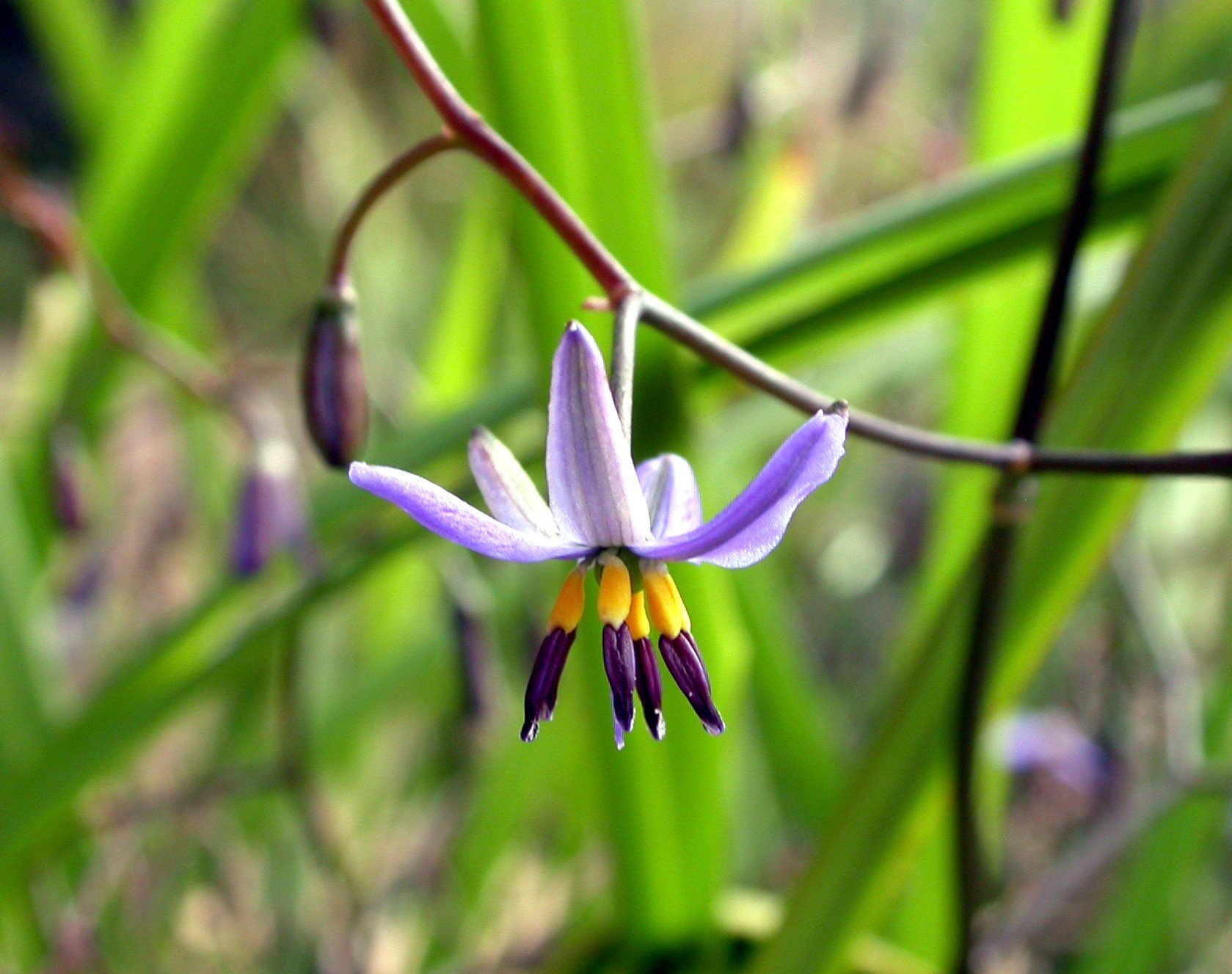
5. Stand out from the rest: Flax lilies
Unlike the others, this is an indoor plant your friends are less likely to have.
You’ve got 3 species to choose from in the flax lily family – Dianella longifolia, D. revoluta and D. brevicaulis – all native to Adelaide. These scientific names are the best way to make sure you get the right plant.
Flax lilies are small, clumping plants that grow to about knee height. They have strappy and stiff, blue-green leaves (a bit like really long stems of thick grass) and adorable blue flowers that hang on top of these narrow stalks. You’ll see the flowers in spring.
Its love for shade makes it a perfect house plant.
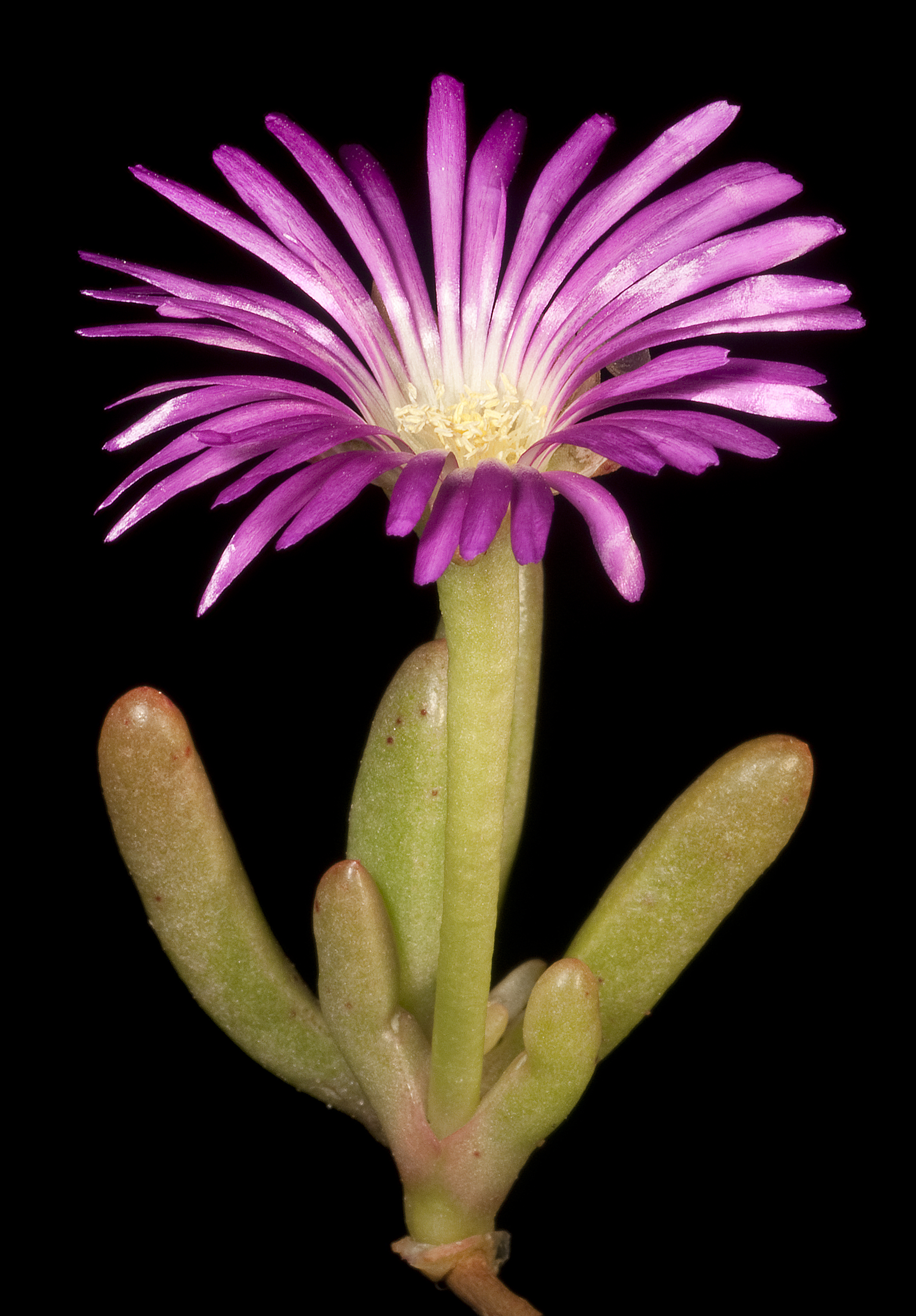
6. Very unique: Round-leaf noon-flower
Rumour has it that round-leaf noon-flower (Disphyma crassifolium) – also known as beach bananas or jellybeans – can be used as an indoor plant. However, you’re unlikely to find much about it.
Kept indoors it’ll need a lot of light but if you nail it, you’ll be able to harvest the leaves year-round for cooking and snack on the berries.
This is a local native plant which is also perfect for outdoors in coastal gardens, up to 5 km from the coast.
Top tip for pet owners
If you’ve got a cat or dog that loves to munch on stuff, make sure you do your research about plants that are suitable for your 4-legged-friends. There are many common house plants that are toxic to fur babies.
Find out more local gardening tips
Just beginning your gardening journey? Head to our gardening hub for more tips and tricks.
This story was originally published on 2 April 2022.